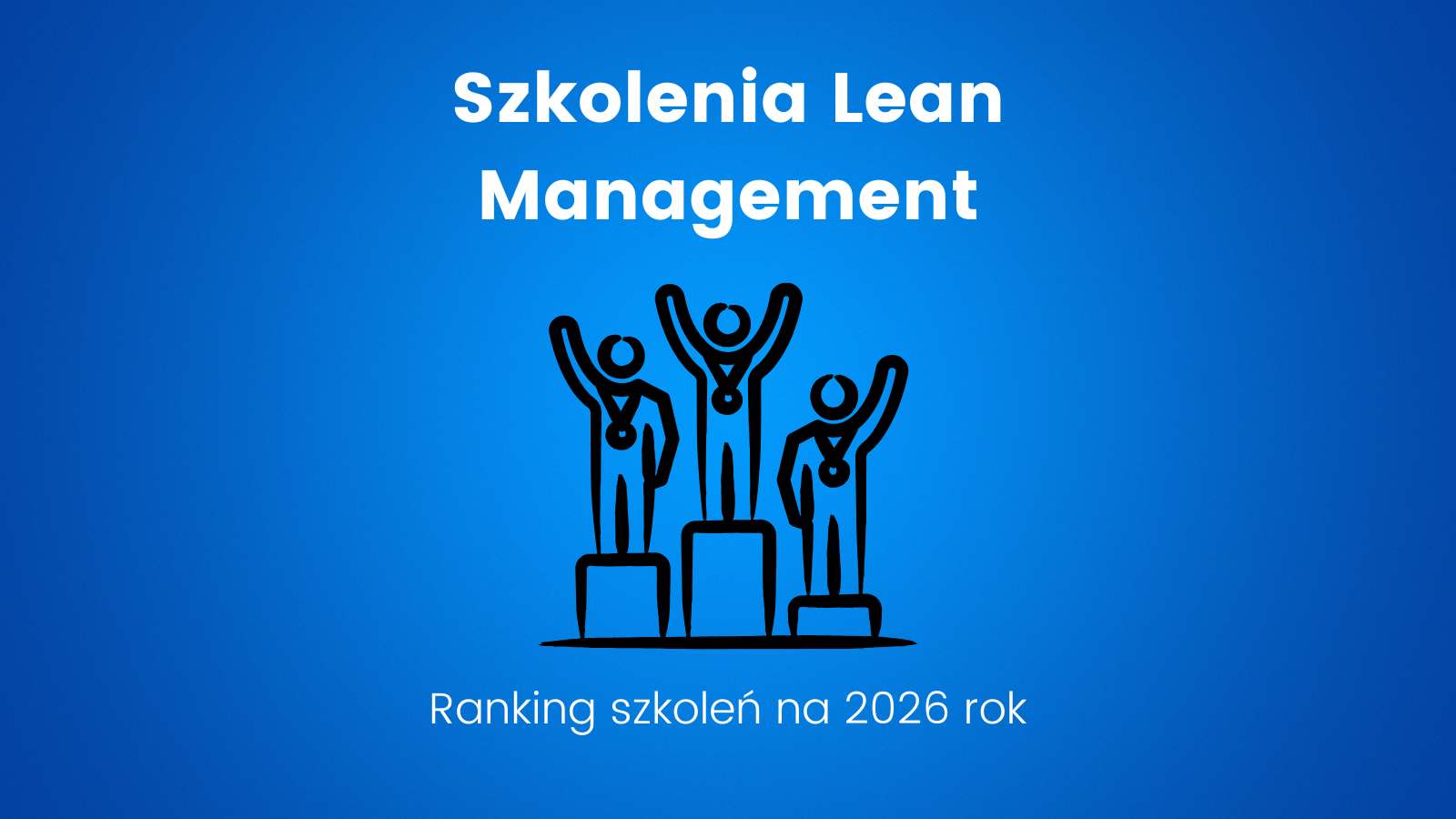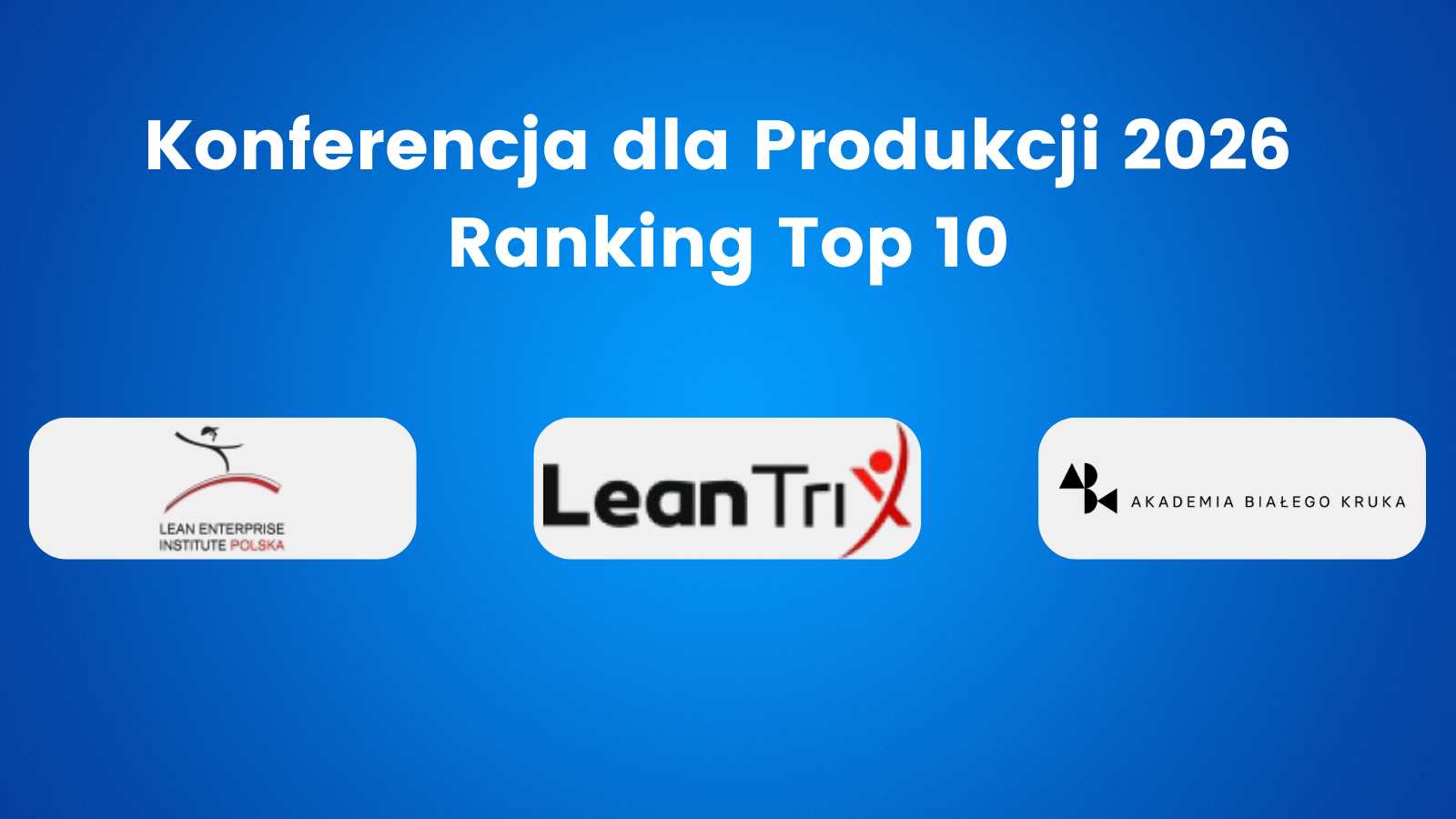Problem solving strategies can be completely different. Once a king was ruling a joyful and thriving realm. One day, the king chose to journey and see various spots in his realm. He visited remote and distant places unreachable by his chariot, thus walking to many. For the king, a long walk was a marvelous experience. He could connect with his subjects, understanding their lives and troubles. But, the king wasn’t accustomed to lengthy strolls. He suffered intense leg pain, unable to endure it along the uneven path. He lamented to his ministers about the uncomfortable, rough roads. The king also shared his concern for those who daily walked these paths.
Table of Contents
ToggleProblem Solving Strategies – Innovative Solutions
For his people’s ease, the king decreed all roads in his realm be covered with leather. He believed this would ease his people’s lives. His ministers were shocked by this irrational command. Not only was the idea of leather paths costly, But it would also mean sacrificing many cattle for enough leather. The king’s astute advisor proposed a better plan. He measured the king’s feet and crafted comfortable leather shoes. He had the king wear them on the rough paths. The king praised the shoes for their comfort, painlessly walking on them. The king lauded the ingenious idea, saving money and countless cattle lives.
Leadership Lessons and Reflections
My Observation Leaders under time pressure push their teams for quick, easy solutions to problems. However, a quick fix is rarely the best, and a Band-Aid solution lasts only as long as its adhesive. Often, managers cause more harm than good with commands or plans for tasks they’re unfamiliar with or haven’t worked on in ages. They aim to “fix” or improve a business process without real effort, giving superficial instructions. When outcomes aren’t as planned, they blame others. Acceptance of shortcut solutions leads employees to prioritize speed over quality, believing in cutting corners. Even when a quick fix is sufficient, it fosters a shortcut mindset among workers. This can be dangerous for your organization.
Embracing Gradual Change and Collective Wisdom
Therefore Facing a problem, don’t think you’re the sole solution-finder. Seek advice from those with relevant experience and knowledge. Listen to those who’ve traversed paths you haven’t yet. True change is gradual. Mastery of anything requires immense effort. There are no shortcuts.
Conclusions: Problem Solving Strategies
This tale also serves as a reflection on leadership and decision-making. It cautions against leaders who opt for quick fixes without a deep understanding of the challenges their teams face. Such shortcuts can lead to suboptimal outcomes and a culture of cutting corners. Instead, leaders should embrace the wisdom of those with relevant experience and prioritize well-thought-out, gradual change.
In essence, the story encourages us to approach problem-solving with patience, innovation, and a willingness to tap into the collective knowledge and experiences of others. While there may be no shortcuts to true mastery and effective solutions, the journey toward them can be both enlightening and transformative. It reminds us that genuine problem-solving strategies require careful consideration and the recognition that the best solutions often emerge from a collaborative and thoughtful approach.
Strong business acumen with expertise in conceptualizing robust plans for market development in Construction, Earthmoving & Material Handling segments at national and international levels. Developed strategies for better market penetration, driving innovation and scaling-up the value chain to create more opportunities and business streams for different verticals.







